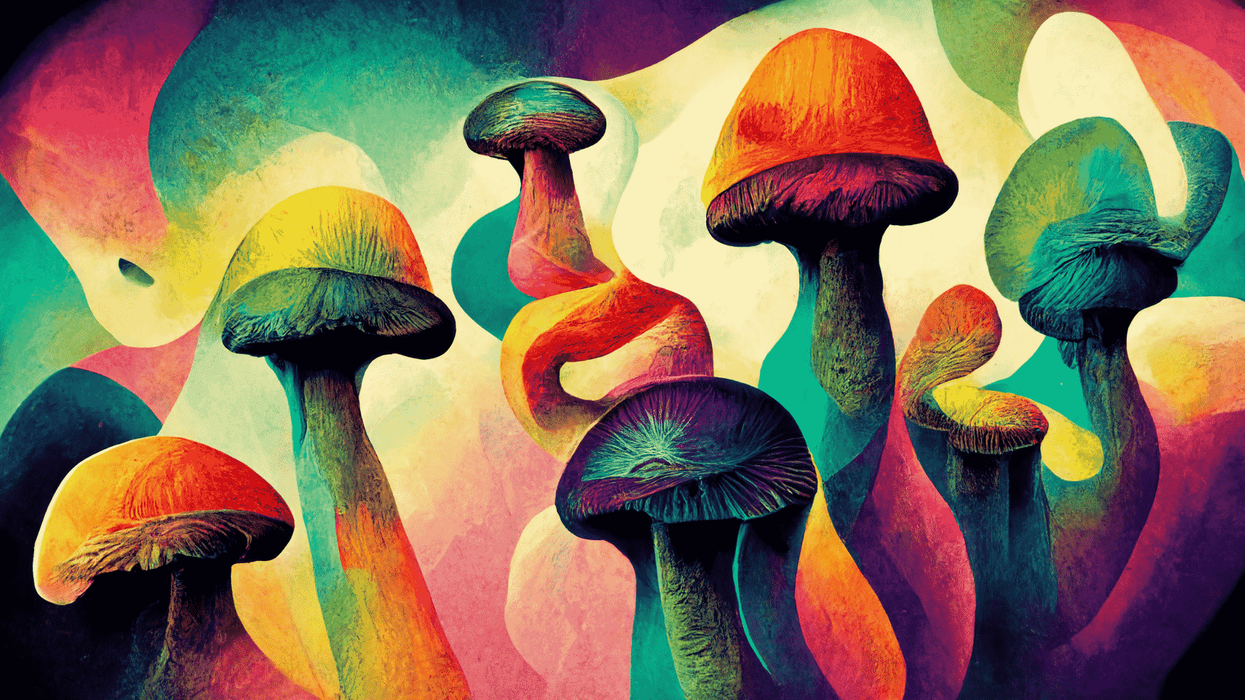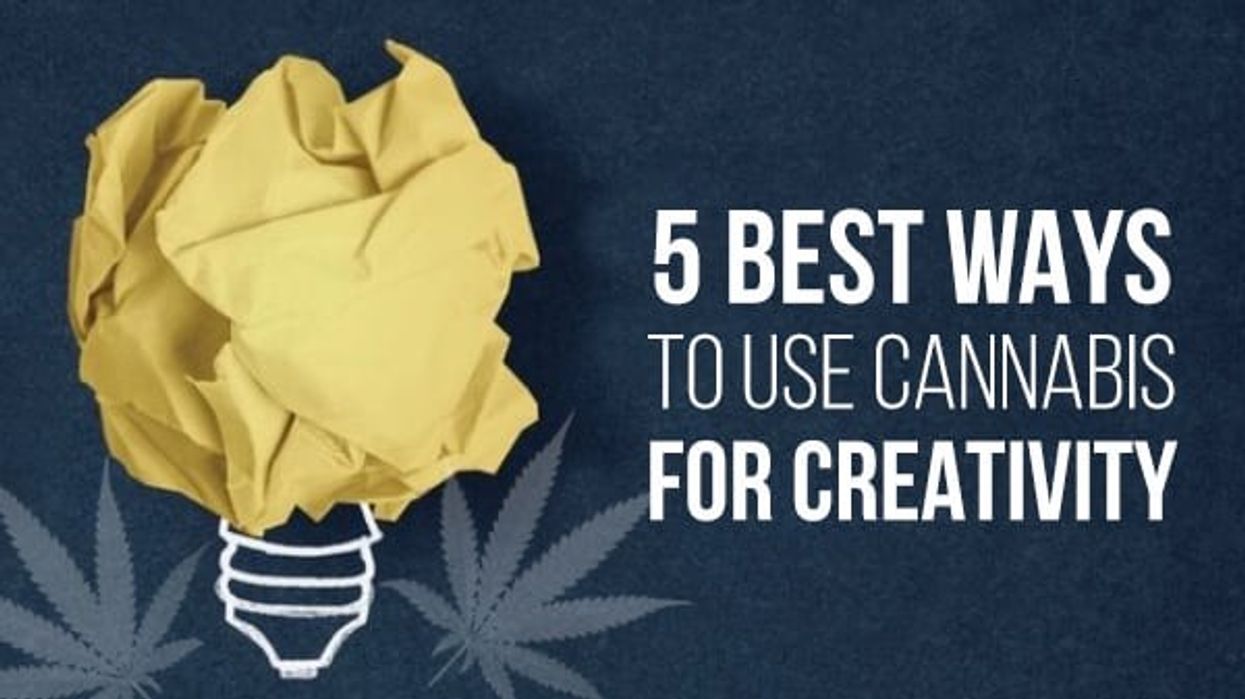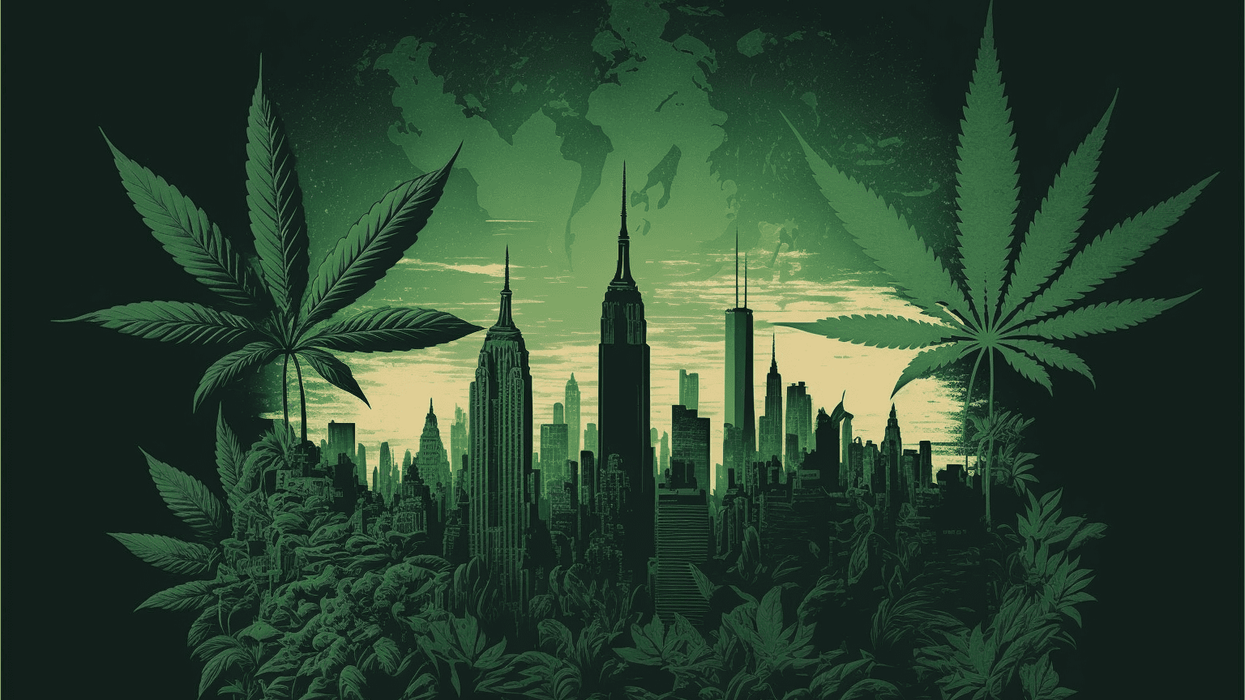This article is by Scott Mazza, Co-Founder and COO of Buffalo’s Vitality CBD.
The time has almost come. About 18 months after officially passing legislation in favor of recreational cannabis, New York is inching closer to legal sales. In August, the state released the number of first-round dispensaries by region. Meanwhile, New York’s Office of Cannabis Management remains adamant there will be market movement with “conditional” licensed cannabis by the end of the year.
With dispensaries on the horizon in spite of delays, there are important legal lessons the state can learn by looking north. Canada experienced significant growing pains while opening up legal sales in 2018. Further, many of the issues reverberate to this day.
On reflection, Canada presents an ideal cannabis case study on what not to do in establishing a legal, regulated market. Namely, the importance of meeting supply and demand, the dangers of overregulation and the need to act against the black market.
Supply must meet demand and vice versa
One of the most important lessons from Canada’s legalization of cannabis must surround supply and demand. Since the launch of recreational marijuana sales in October of 2018, Canadian producers have faced substantial production issues. For example, in just three years, Canadian producers have destroyed more than 500 tons of cannabis thanks to issues like a lack of retail support and low-quality product. The chief culprit, however, is overproduction.
To this day – even after major greenhouse closures and insolvencies – overproduction remains a big issue. For example, last fall’s harvest produced a record amount of marijuana at 1.26 billion grams of unpackaged flower. The problem is that, despite the quantity, much of that product is basically unsellable due to quality issues or low THC scores. As a result, even with high production, profits are under threat. For example, last year, overproduction played an integral part in prices declining for every cannabis product category in the country.
On the other hand, New York faces the opposite issue. The state must be sure that supply can meet demand. So far, the state has only approved about 250 conditional cultivator licenses. Moreover, New York has only awarded a handful (15) conditional processing licenses. These numbers are cause for concern because cultivators and producers cannot properly begin to prepare without a fixed start date. Going forward, New York must ensure enough licenses and time for people to start growing and processing for sale to retailers. Guaranteeing enough supply to meet demand depends on it.
Be careful not to overregulate
Cannabis is legal in Canada but that doesn’t mean anything goes. Rather, the regulations are exceedingly strict. For example, about 80% of Canada's consumables market still consists of dried flower because of limits on what can be offered. Edibles can contain no more than 10 milligrams of cannabis apiece, whereas there's no such limit for the same product on the black market.
Meanwhile, Canadian rules make it difficult for cannabis and non-cannabis companies to collaborate for branding, licensing, marketing and manufacturing. For example, a joint partnership requires separate machinery, production lines and even buildings. Thus, it requires added expense.
The message for New York should be to not hamstring operations with too many rules. In fact, due to geographic proximity, going the other way could be big business for the state. If Canada is going to be so stringent, there could be an economic opportunity for competitors at the border like Buffalo Niagara.
Don’t forget the legacy market
Illicit cannabis has been around for decades. Canada’s experience shows us that the arrival of licit cannabis doesn’t automatically shut down the black market. Currently, even though cannabis is legal, about half of sales still go to unregulated operations. As noted above, regulation plays a part in keeping the legacy market in business, along with a lack of taxation and slightly cheaper prices.
However, some argue that Canada should have done more to onboard the legacy market. Instead of converting smaller illegal growers and dealers into legitimate operations, the government focused its billions of dollars on legal production and distribution capacity. Only later did regulators create micro-cultivator or micro-processor licenses aimed at legacy businesses.
The lesson for New York is clear: don’t ignore the legacy market. Find a way to include it in the regulatory framework and provide pathways to bridge the gap between licit and illicit cannabis.
Note what works and what doesn’t
Despite the teething pains, Canada deserves applause for its federal stance on cannabis legalization. Now, years later, other jurisdictions embarking on the same regulatory journey should take note of the nation’s trials and tribulations. After all, seeing what doesn’t work in a similar context can help our state land on something that does.
Need a little more Bluntness in your life? Subscribe for our newsletter to stay in the loop.
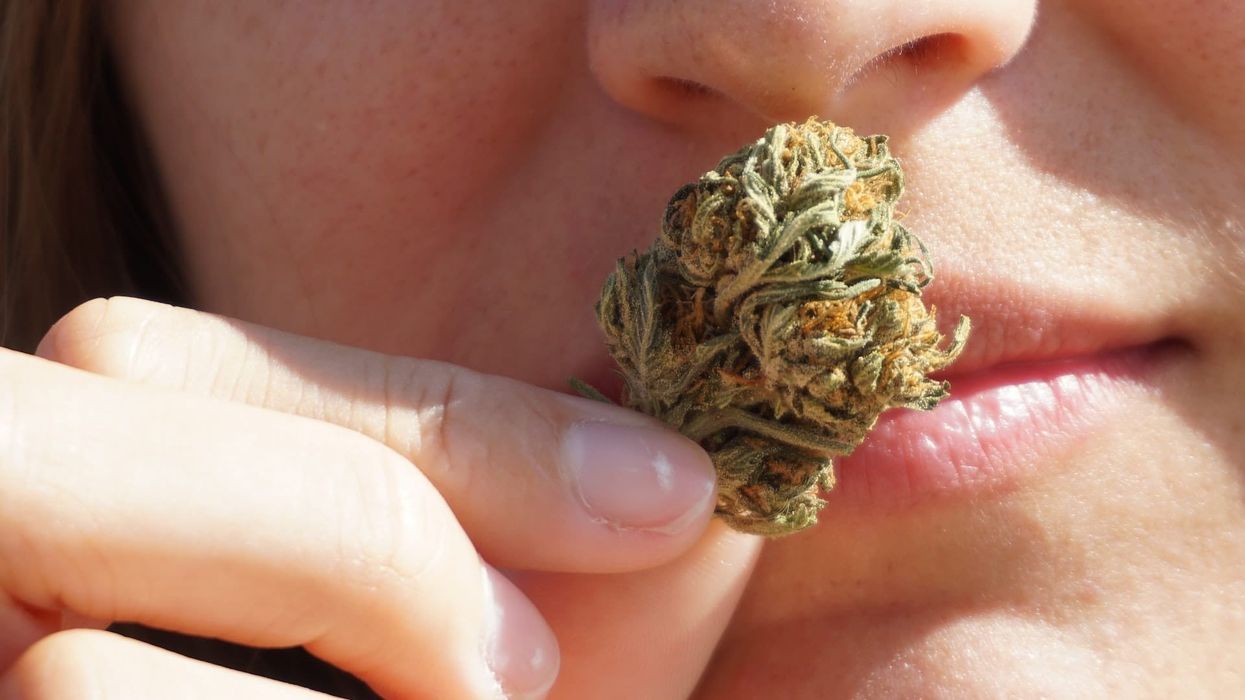

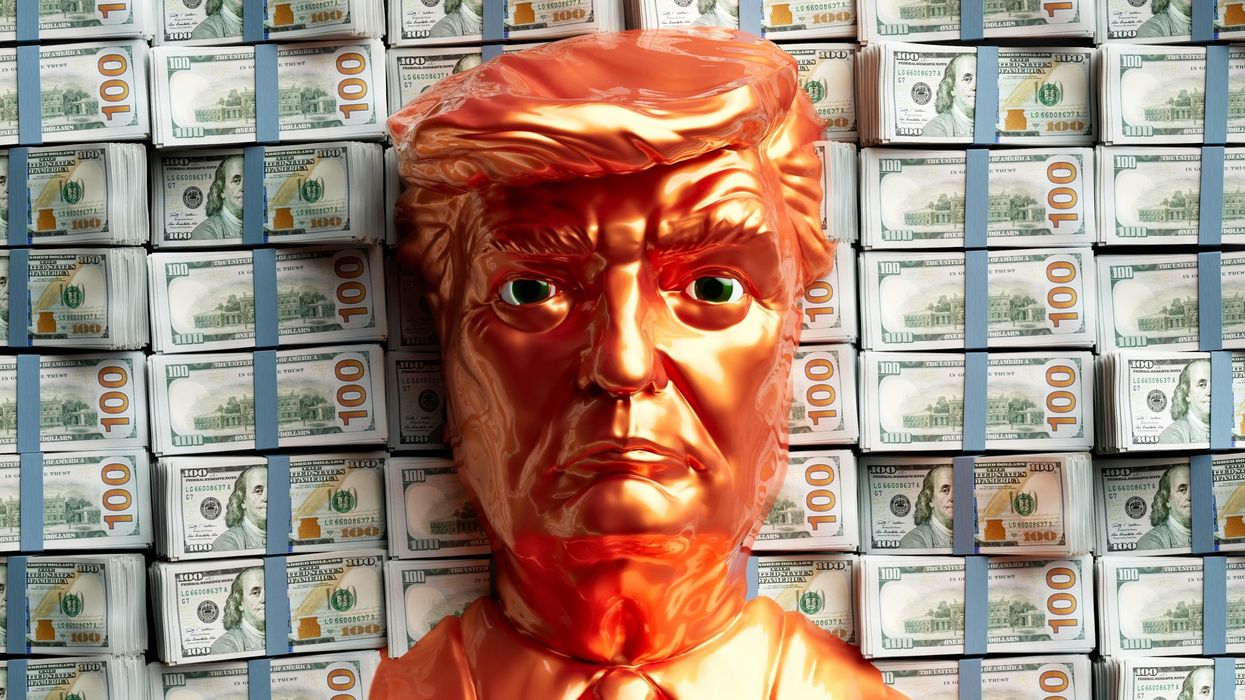


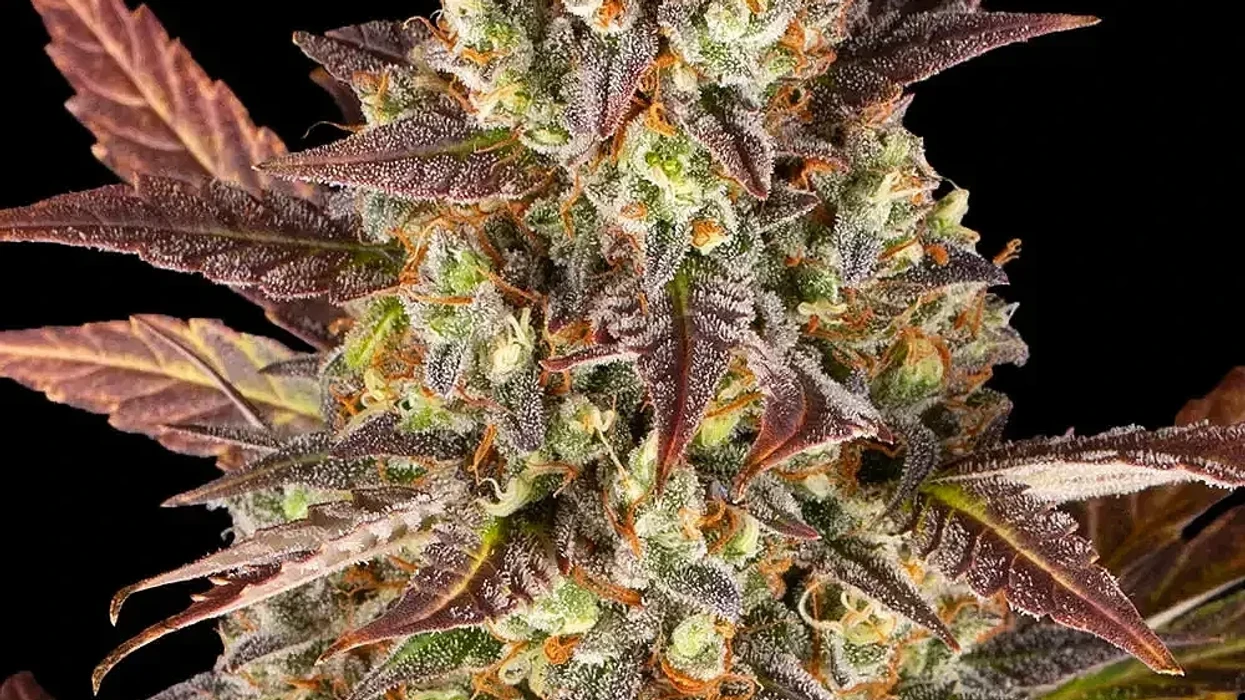

 Justin Timberlake Eye Roll Gif By Agent M Loves Gif - Find & Share on GIPHYAgent M Loves Gifs
Justin Timberlake Eye Roll Gif By Agent M Loves Gif - Find & Share on GIPHYAgent M Loves Gifs

